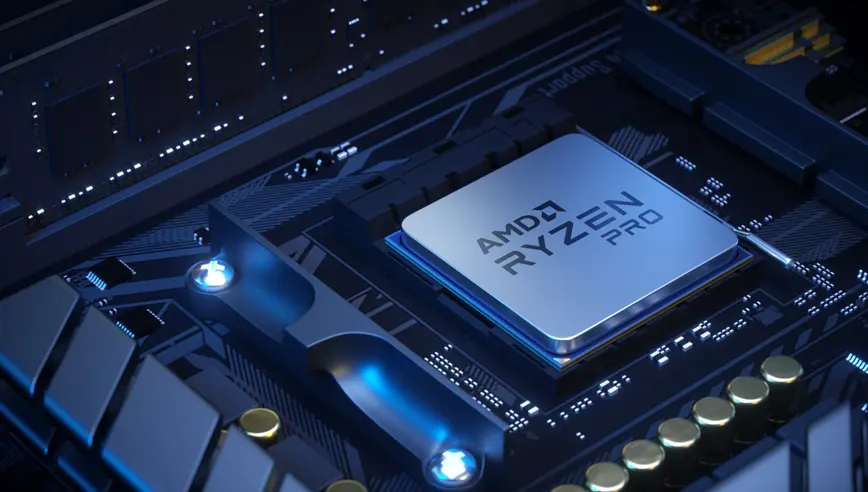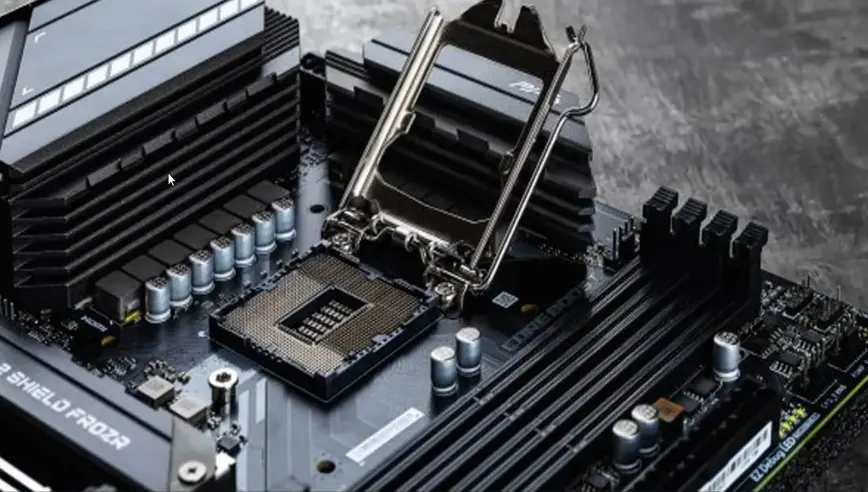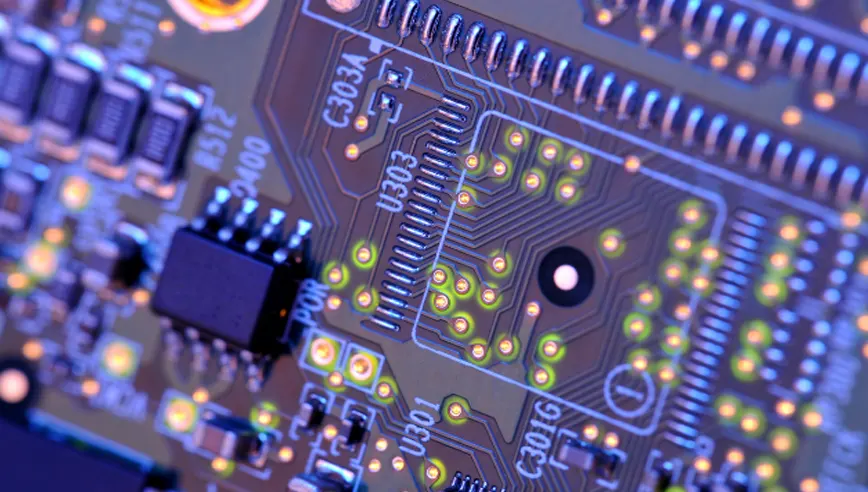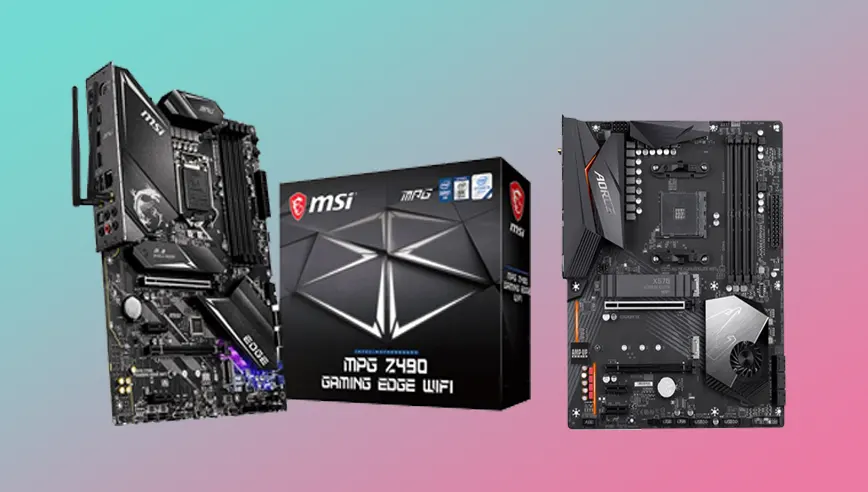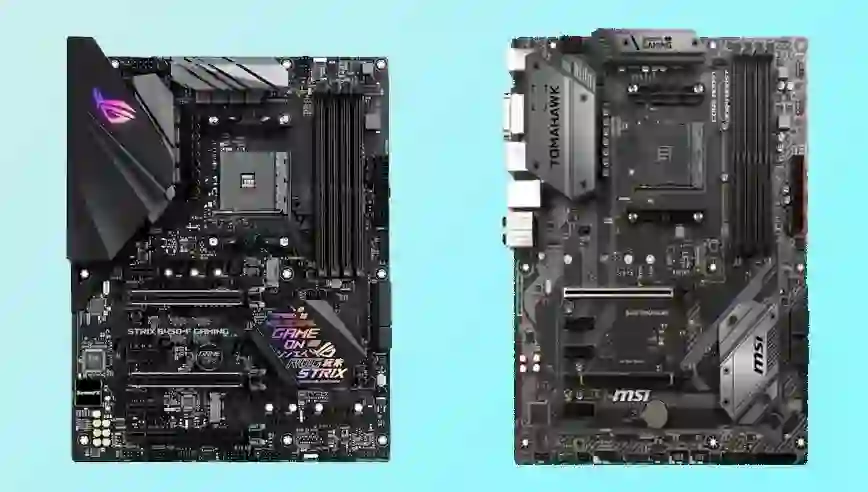Almost all of us crave that extra performance, especially gamers. Today’s games have become much more demanding in hardware requirements than a few years back because of the advanced graphics and AI used in them. The biggest problem with gaming on lower-end hardware is every gamer’s worst nightmare, so you need a powerful, beefier system to enjoy games at their fullest. However, the biggest problem that comes into this matter is the price. High-end hardware usually costs more, and with every high-end CPU, you need an expensive motherboard to run that processor.
Dual CPU Socket motherboards are unquestionably expensive because they require two identical processors in addition to the motherboard. However, they are far more powerful and can easily handle any task you throw at them. I cannot see them occasionally because these motherboards are used in computers for intensive data loads that a single CPU cannot handle. Furthermore, that begs the question: do you need a dual-slot motherboard? How Does a Dual-Slot Motherboard Work, and what are its advantages and disadvantages? Today in this guide, we will take a look at these questions. So, let us get to that.
How Does a Dual-Slot Motherboard Work?
First things first, so before we move on to other things, let us figure out what this motherboard does. If you take that these motherboards are expensive, much more makes them expensive. So let me justify it. Dual slot motherboards do not only come with two CPU slots but instead have doubled slots for every component that you can use on them. A normal motherboard would have 4 RAM slots and no more, so on this motherboard, you have up to 8 RAM slots and sometimes even 12 RAM slots depending on the model. Other features such as SATA slots, GPU slots, and SSD slots are also doubled.
That is not the only good thing about this motherboard because, with such high-end specs, they also have increased energy output, which means more room for overclocking every single component. Furthermore, with these motherboards, you can simultaneously use up to four graphic cards of the same make and model, thanks to extensive storage and slots.
Moving to the most prominent part of this other board, the two CPU slots can make a user think about how it would work. The answer to this is complicated, so stay with me. Whenever your computer is suffering from too much load, meaning that there are too many background apps running or you are using intensive software or even playing a game on it, Your PC will then automatically share the load between two CPUs so that more power can be withdrawn and your PC will not slow down. This also avoids other issues like higher temperatures, which cause thermal throttling because your processor is not working under heavy load. To put it simply, there is no better way of increasing your PC performance by an enormous amount than by using two CPUs simultaneously.
Disadvantages of Dual Slot Motherboard:
Like any other product with a downside and an upside, these motherboards also have one because nothing is perfect. The only difference is that some things have significant downsides, and some have more minor downsides, and luckily these motherboards have smaller ones. All the extra slots indeed give your PC more breathing room because you can install any new hardware without purchasing any external adaptors. On top of that, modem dual-slot motherboards are enriched with advanced features that increase their performance by a mile.
Some of these features consist of dual hyperthreading and dual virtualization, etc. Furthermore, having more headroom for overclocking compared to the standard ones is an outstanding feature, and you can also overclock both of the CPUs and other components simultaneously.
The most apparent reason you are buying this motherboard is that you want extra power and want to do extremely heavy work on your PC that a single CPU cannot handle, and judging by this, you do not have much to worry about. Dual Slot motherboards are bulky and significant due to their large sizes, so you also need a more significant case that can handle the size of this motherboard.
The heavyweight of both the CPU, casing, and other parts makes it extremely difficult to move the PC around. Moreover, due to high requirements for power, as the motherboard has to power double the number of components, you also need a more significant power supply, which can be expensive and not easy to replace if it gets damaged.
Finally, as long as you don’t care about the disadvantages of these motherboards, you are good to go because having that extra power will not harm you. However, if you are trying to buy this motherboard for gaming purposes, don’t because modern CPUs are powerful enough to run any AAA title at its peak setting without needing a second CPU. Furthermore, no game has yet been developed to take full advantage of dual CPUs. It is better to spend your money on a high-end single CPU and motherboard rather than two unless you do not want extra performance power.
Is Dual Motherboard Worth Buying?
A dual-slot motherboard harnesses the power of both CPUs at the same time when under load so that the load is shared between two CPUs instead of one. Here is the final verdict and a minimal answer to How Does a Dual-Slot Motherboard Work that can hopefully remove your concerns about it. If you can find your answer, consider reading our other guides on topics like this.

